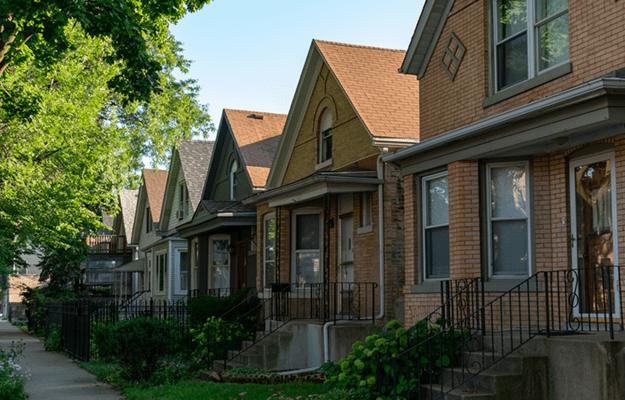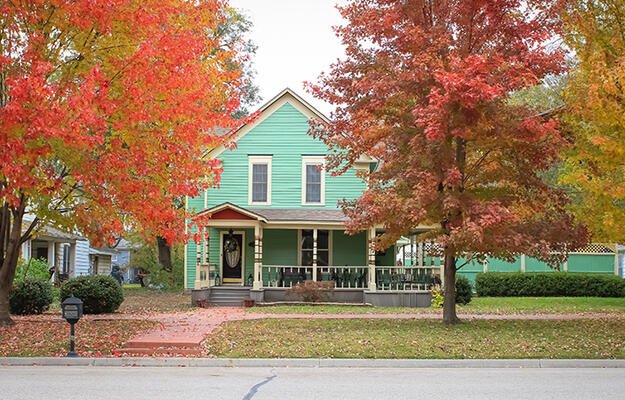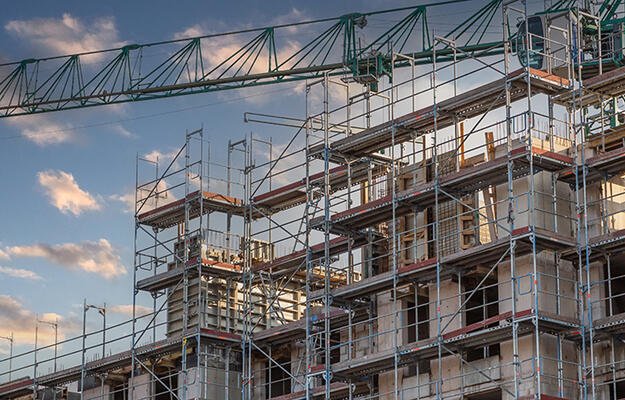
How Strategic Code Enforcement Is Improving the Quality of Life for Niagara Falls Residents
by Aaron Shroyer
The population of Niagara Falls, New York, decreased from more than 100,000 in 1960 to approximately 50,000 today. This loss presents two main challenges for the city’s community development department: how does it manage a property inventory that outpaces demand? And how does it ensure a decent quality of life for residents still in Niagara Falls?
To equip municipalities with the skills and tools to address these challenges, New York State created the $12 million Cities for Responsible Investment and Strategic Enforcement (Cities RISE) program, which provides leadership, management, and technical support to help 16 municipalities address deteriorating homes, vacant properties, and neighborhood decline through strategic code enforcement. Cities RISE uses code enforcement strategies to advance broader community development goals, and, in doing so, helps municipalities align programs aimed at improving residents’ quality of life.
Cities looking to improve their strategic code enforcement operations can learn three key lessons from the way Niagara Falls’s community development department applied Cities RISE principles toward their mission and practices.
- Integrate citywide data: Before Cities RISE, different departments across the city tracked their work in separate systems. The software and technical assistance provided through Cities RISE allowed Niagara Falls to centralize its data, enabling agencies with interconnected goals to spot early warnings and strategic opportunities. With centralized data, code enforcement could become more proactive and less reactive. For the first time, the City could easily overlay code enforcement data, 911 calls, property assessments, public investment dollars, tax delinquent properties, water shut-offs, and other data. This centralization of data improved the City’s analysis of its resources and operations. For example, the City can see whether and how public investments in a neighborhood may shift the number, type, or location of code enforcement citations. Moving forward, the City plans to use a mix of future Cities RISE funding and internal funds to launch a 311 system for centralized reporting of nonemergency calls. The integrated data system could enable the City to predict code enforcement concerns and launch field experiments to design solutions.
- Use policies and practices to increase equity: Most code enforcement programs focus on administering state and local regulations and do not consider the disproportionate effects that code enforcement actions (or inactions) can have on communities of color and vulnerable populations such as seniors and children. For example, the City is using this new data platform to inform local housing court decisions for repeat landlords, especially those who own multiple properties within some of the city’s low-income neighborhoods. Separately, the City used this data platform to identify public land within food deserts that could house a grocery store. Through a request for proposal, the City identified a nonprofit that recently opened a food co-op.
- Boost community engagement and collaboration: Because these data are now collected by different departments, the process of centralization helped break down internal silos within city hall. Departments now find it easier to coordinate and collaborate as a result of this new shared data source. These new capabilities also translate to more public-facing practices as well. City departments regularly draw upon this data platform and its mapping capabilities when making presentations at community meetings and before the city council. These data were also used to inform a participatory budgeting process for a portion of the city’s Community Development Block Grant dollars. The City created neighborhood typologies based on where public dollars were going. The City then identified adjacent neighborhoods with relatively less public investment, and residents in those neighborhoods voted on how to allocate additional resources to those adjacent neighborhoods.
Before Cities RISE, Niagara Falls made decisions the same way many other cities make decisions: by relying on community outreach, meetings, and anecdotal evidence. Through the additional capacity provided by Cities RISE, Niagara Falls is transforming their community development department into one that utilizes real-time data to make objective decisions regarding code enforcement and to analyze the impacts of those decisions. This shift toward a strategic code enforcement approach helps make city operations more data-driven, equitable, and transparent. But the benefits of Cities RISE extend beyond just municipal operations and further the community development department’s ultimate goal of making city neighborhoods more livable.
Photo by Paul W Thompson/Shutterstock


